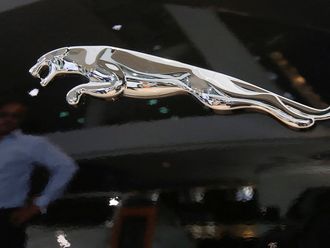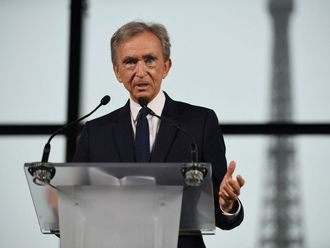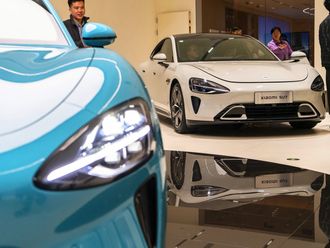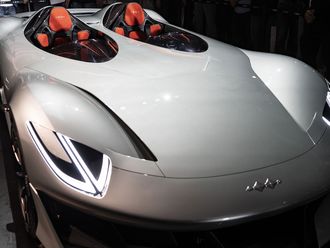Dubai: Tomorrow will be 2016, but don’t expect the new year to bring big changes to the retail market in the UAE.
Retailers can expect another year of softer retail sales, mainly due to macroeconomic factors, analysts say.
The UAE retail market is expected to be valued at $53.7 billion in 2016, up 7 per cent over 2015, a lower rate compared to 8 per cent projected for 2015, according to data from consultancy Euromonitor International.
The UAE has seen softer retail sales this year due to a strong dollar against certain currencies, such as the euro and rouble, leading to reduced spending by European and Russian tourists, as well as lower oil prices, which have dampened consumer confidence in the country, according to industry analysts.
Optical, food and beverage and service retailers performed better in 2015 than in the previous year, said David Macadam, chief executive of the Middle East Council of Shopping Centres.
“Those retailers who provide goods and services to the local population resident in the UAE generally fared better in 2015 than in 2014. Other retailers who cater specifically to tourists such as fashion furriers who sell fur coats to primarily Russian customers had less sales as the Russian rouble suffered a significant decline in values,” he said.
Changing strategies
To attract more consumers, retailers are expected to “pay more attention to consumer satisfaction and loyalty” next year, said Diana Jarmalaite, research analyst at Euromonitor International.
“In 2016, we expect to see changing retailing strategies,” she added.
Analysts expect more discounting next year as well. “The continued expansion of the retail sector with more malls and shops adds to the competitive pressures for retailers which typically results on larger discounts in order to generate sales and retain market share but reduces margins,” said Colin Beaton, managing director of retail consultancy Limelight Creative Services.
Amid weaker sentiment in the retail market, a number of retail projects are expected to be completed in the UAE next year, mostly in Dubai, such as City Walk Phase 2, a retail district in Jumeirah, My City Centre Al Barsha, a community mall in Dubai’s Al Barsha area and The Pointe mall at Palm Jumeirah. Manar Mall in Ras Al Khaimah will double in size, with leasable area reaching 60,000 square metres by late 2016.
Around 400,000 square metres of additional retail space is scheduled to be completed next year in Dubai, which currently has a stock of around 3 million square metres of mall-based retail space, said Craig Plumb, head of research at real estate consultancy JLL for the Middle East and North Africa region.
Around 200,000 square metres of additional retail space was completed in Dubai in 2015 and 50,000 square metres in Abu Dhabi, he said.
Among the major retail developments completed in the country this year is Dragon Mart 2, which is the extension to the Dragon Mart retail complex in Dubai. Covering 1.9 million square feet, the extension includes 500 outlets, a 12-screen cinema and a dining terrace.
Also, Mall of the Emirates in Dubai opened a 36,000 square metre extension last September, the third phase of a Dh1 billion redevelopment project. The extension features 40 new outlets.
Occupancy rates
The first Apple store in the Middle East opened at Mall of the Emirates last October, estimated to be under 10,000 square feet. A second one opened in Abu Dhabi’s Yas Mall.
The number of new outlets that opened in the country this year have increased by 3 per cent compared to last year, Jarmalaite said.
Despite the rise in supply, occupancy rates in Dubai’s major shopping centres, such as The Dubai Mall and Mall of the Emirates, have been high this year, close to 100 per cent, said Mat Green, head of research and consultancy for the UAE at CBRE Middle East.
Plumb said that he expects “no significant growth in rental levels seen in 2015”, adding that retail rents have been “largely stationary” in both Dubai and Abu Dhabi this year.












